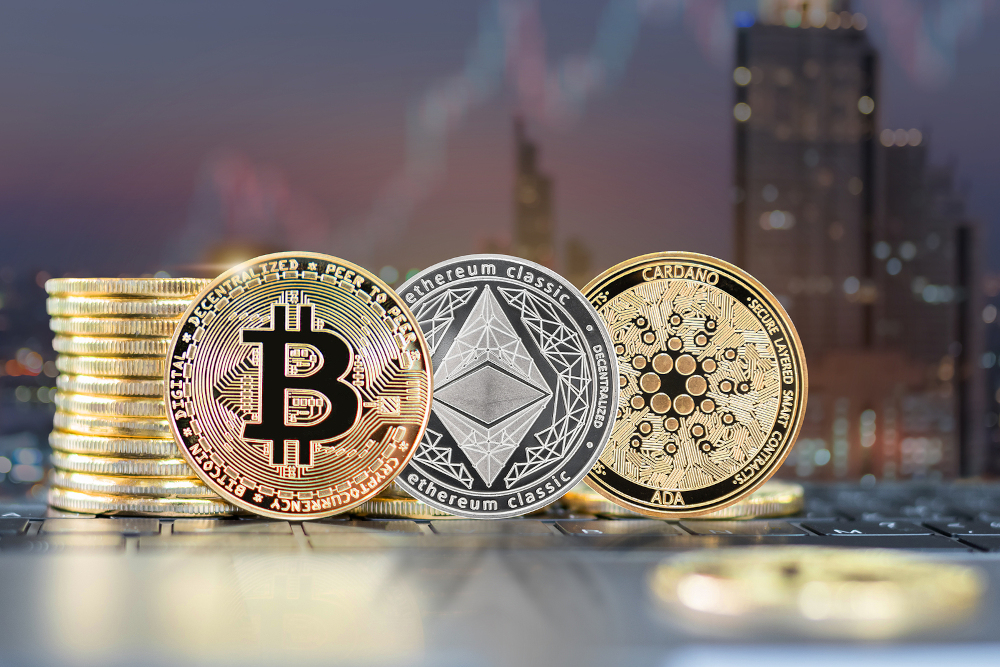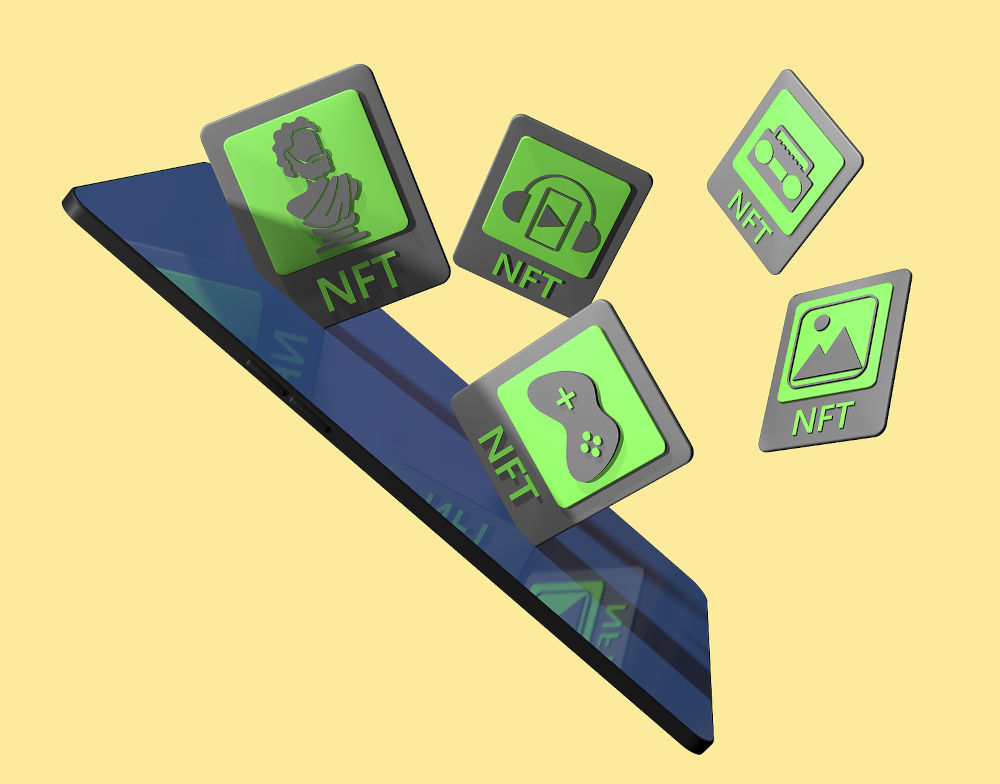The cryptocurrency market is notorious for its hostility – but for the seasoned investor, it’s all part of the fun. Whilst there’s no denying that there’s a high level of risk involved with trading Bitcoin, Ethereum and other digital coins, doing so has seen many savvy traders make fortunes by leveraging dramatic price drops to buy up stocks, then sitting back and playing the long game until prices surge again once more.
As we move into the latter half of 2024, the cryptocurrency landscape is continuing to evolve rapidly – which means it’s crucial to keep abreast of the latest trends if you’re looking to invest your capital over the next few months, or decide on which moves to make next with your current investments.
From regulatory changes to technological advancements and the blockchain network upgrades that have sent prices on the ETH price chart soaring, here, we take a look at what we can expect to see shaping the market over the rest of the year so that you can ensure you remain ahead of the game.

Regulatory developments
The implementation of more comprehensive regulatory frameworks is something that has been long anticipated in the crypto space, and it seems that in late 2024, they might finally be put into place. The need to regulate the crypto sphere to protect investors and ensure greater market stability is something that is becoming increasingly recognised by governments across the globe, and a legal framework for crypto assets has been in the works for some time now. As we head towards the end of the year, we can expect to see the European Union’s Markets in Crypto-Assets (MiCA) regulation finally put into place, with all trading platforms and digital coins expected to adhere to a rigorous set of rules to ensure greater clarity across the board.
In turn, this could spark a surge in the number of institutional investors finally embracing crypto and the blockchain after a long period of hesitancy, providing a welcome boost for the market.
Growth of decentralized finance (DeFi)
Decentralized finance (DeFi) is behind crypto’s ability to offer financial services without intermediaries, which is one of the major reasons digital assets like Bitcoin have become so sought after. This year, we’ve seen it continue to expand, and its rapid growth will show no signs of slowing down as we move into the second half of 2024. Innovations in DeFi protocols could be set to pave the way for increased yields and improved risk management tools, which many will be excited about. And whilst in the past, there has been some difficulty in finding a way for different blockchains to work together synergistically, increased interoperability could also soon be on the cards.

Advancements in blockchain technology
On that note, blockchain technology is also continuing to advance rapidly, and holes are slowly but surely being closed up to offer enhanced functionality and reliability. Issues including security, scalability and energy efficiency will be addressed and the user experience will become smoother, faster and safer than ever before, further strengthening its already robust and sought-after offerings.
In particular, the adoption of Ethereum 2.0 – the upgraded version of the blockchain tech on which the metaverse is being developed – is expected to rise and thanks to its proof-of-stake mechanism, we’ll see lightning-fast transaction speeds that require minimal energy consumption become the norm, adding a new layer of sustainability to the network.
A boost for NFTs
Non-fungible tokens (NFTs) have been one of the most notable trends over the past few years, and their popularity is still going strong. Expanding beyond their traditional forms in the realms of digital arts and collectibles, we’ll see new and innovative applications across a range of fields this year. Luxury fashion designer Gucci’s collaboration with online gaming platform Roblox on the ‘Gucci Garden’ game back in 2021 paved the way for a new era of gaming-related NFTs that are now beginning to come to fruition. We’ll also see them making their way into real estate and likely digital identity verification, with other industries likely to follow suit and find new ways to embrace NFTs sooner, rather than later.






















